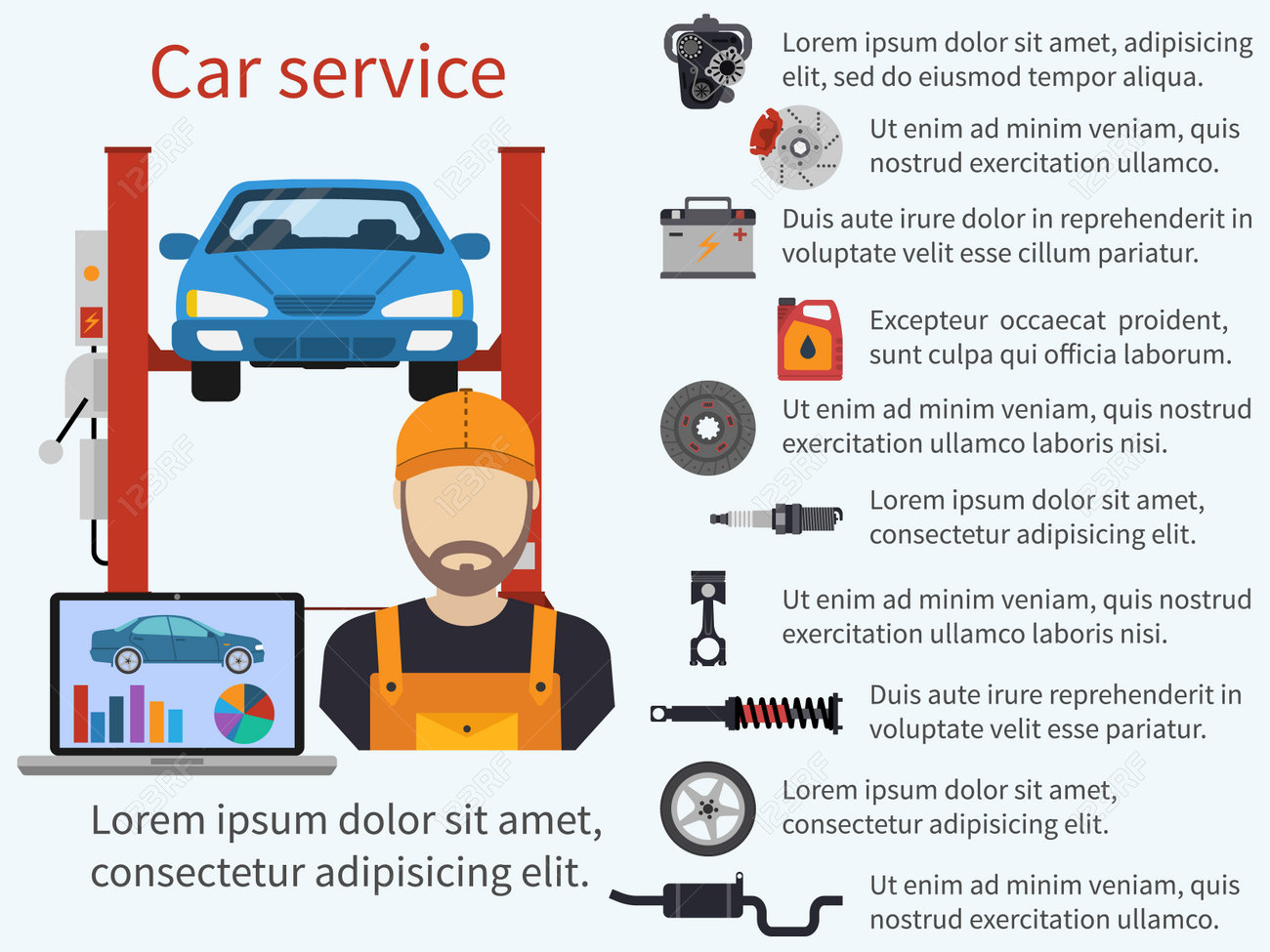Translating Your Vehicle'S Alert Lighting: Their True Ramifications
Translating Your Vehicle'S Alert Lighting: Their True Ramifications
Blog Article
Material Author-Faulkner Forbes
When you lag the wheel, those radiant warning lights on your control panel can be a little bit puzzling. Do you recognize what they're trying to tell you about your auto's health? Comprehending the significance of these lights is vital for your safety and the longevity of your car. So, the following time one of those lights pops up, would not you wish to understand its message accurately and take the required steps to resolve it?
Common Caution Lights and Interpretations
Identify common warning lights in your vehicle and comprehend their definitions to ensure safe driving.
One of the most regular warning lights consist of the check engine light, which signals issues with the engine or emissions system. If this light begins, it's vital to have your automobile inspected promptly.
The oil stress alerting light shows reduced oil stress, calling for immediate interest to prevent engine damages.
A flashing battery light may recommend a faulty charging system, possibly leaving you stranded otherwise addressed.
The tire stress monitoring system (TPMS) light notifies you to reduced tire pressure, affecting vehicle stability and fuel performance. Neglecting car groomer might result in hazardous driving conditions.
The abdominal muscle light suggests an issue with the anti-lock braking system, jeopardizing your capacity to stop promptly in emergencies.
Last but not least, the coolant temperature level alerting light warns of engine getting too hot, which can lead to severe damages otherwise solved quickly.
Understanding these typical warning lights will assist you address issues promptly and keep risk-free driving conditions.
Significance of Prompt Attention
Understanding the typical warning lights in your cars and truck is just the primary step; the value of promptly dealing with these warnings can not be highlighted enough to ensure your security on the road.
When cardetailerauckland brightens on your control panel, it's your automobile's method of connecting a prospective problem that requires attention. Overlooking carwashplaces can result in a lot more serious troubles down the road, jeopardizing your safety and security and potentially costing you extra in repairs.
Trigger interest to warning lights can avoid malfunctions and mishaps. As an example, a flashing check engine light might indicate a misfire that, if left ignored, can create damages to the catalytic converter. Resolving this without delay can conserve you from a costly fixing.
Likewise, mouse click the following web page alerting light could indicate reduced brake liquid or used brake pads, important parts for your security when driving.
Do It Yourself Troubleshooting Tips
If you discover a warning light on your dashboard, there are a couple of DIY fixing suggestions you can try prior to seeking expert assistance.
The very first step is to consult your auto's handbook to understand what the details warning light suggests. Often the problem can be as basic as a loosened gas cap setting off the check engine light. Tightening the gas cap may resolve the problem.
Another usual concern is a low battery, which can trigger different advising lights. Examining the battery connections for deterioration and guaranteeing they're protected may repair the problem.
If a caution light lingers, you can attempt resetting it by separating the auto's battery for a couple of minutes and after that reconnecting it. Additionally, examining your lorry's fluid levels, such as oil, coolant, and brake liquid, can aid troubleshoot cautioning lights associated with these systems.
Conclusion
Finally, recognizing your cars and truck's warning lights is vital for maintaining your vehicle running efficiently and securely. By immediately resolving these alerts and knowing what they indicate, you can prevent expensive repair work and potential break downs.
Bear in mind to consult your auto's handbook for particular details on each alerting light and take action as necessary to ensure a trouble-free driving experience.
Keep notified, stay secure when traveling!
